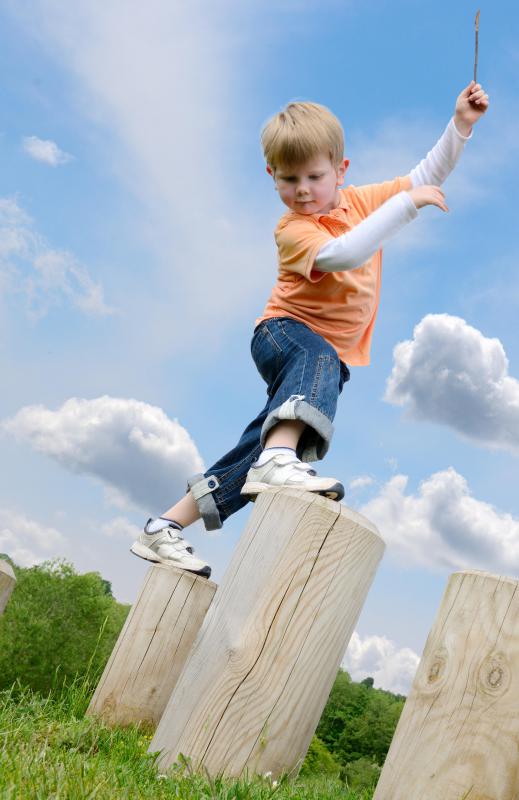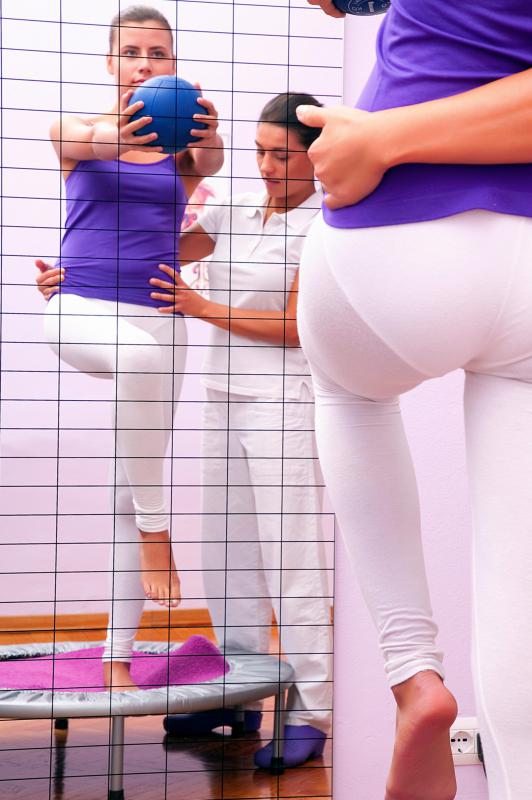At TheHealthBoard, we're committed to delivering accurate, trustworthy information. Our expert-authored content is rigorously fact-checked and sourced from credible authorities. Discover how we uphold the highest standards in providing you with reliable knowledge.
What is Vestibular Rehabilitation?
Vestibular rehabilitation, also known as vestibular rehabilitation therapy (VRT), is a form of balance rehabilitation for inner ear problems. VRT involves specific maneuvers or exercises that are prescribed to correct problems in the inner ear or to retrain the patient’s brain to compensate for problems that cannot be corrected. It is a treatment option for various disorders resulting from infection of or injury to the vestibular system, or simply from aging.
The vestibular system is a subsystem of the inner ear that detects motion of the head and helps maintain balance and control eye movements. Symptoms of a vestibular problem include dizziness, vertigo, and feelings of imbalance while in motion, though vestibular issues such as stress, fatigue, decreased blood flow to the brain, and vision problems may also cause these symptoms. Vestibular rehabilitation is not effective for non-vestibular causes of these symptoms. Disorders that may respond positively to vestibular rehabilitation therapy include benign paroxysmal positional vertigo (BPPV), a type of vertigo believed to be caused by detached particles in the inner ear, and labyrinthitis, a condition that involves swelling of the inner ear.

Medical evaluation, including techniques such as posturography, the Dix-Hallpike test, electronystagmography (ENG), and others, can help determine whether vestibular rehab or other treatments are appropriate for a given patient. Posturography involves the patient trying to maintain balance while standing on a moving platform and simultaneously viewing a moving visual target. Shifts in the patient’s weight distribution during this procedure are recorded and analyzed to determine how the patient maintains balance and what parts of the patient’s balance system may be compromised. In the Dix-Hallpike test, a clinician quickly moves the patient’s head and body through a series of maneuvers and observers the patient’s eyes for an involuntary eye movement known as nystagmus, which may indicate a vestibular disorder. ENG includes multiple diagnostic tests that measure nystagmus under different environmental conditions, such as with the eyes following a moving target or with temperature changes introduced into the ear canal.

Once an evaluation has been made and a vestibular disorder has been identified, doctors may prescribe a variety of VRT treatments. For example, the Epley and Semont maneuvers, also known as canolith repositioning procedures or as particle repositioning, may be used to treat BPPV. In these procedures, the patient’s head is moved through a series of positions to reposition free-floating calcium carbonate crystals that are causing false signals to be sent to the brain by way of stimulating the wrong nerve fibers.

Additional vestibular rehabilitation therapy may include exercises designed to train other parts of the body, such as the patient’s brain, eyes, and muscles, to compensate for vestibular problems. These may include a set of clinically developed exercises known as the Cawthorne-Cooksey exercises and avocational activities such as dance, martial arts, and sports that involve extensive hand-eye coordination. A patient may initially experience noticeable worsening of his symptoms when he starts the exercises, but symptoms typically improve as the body is retrained to compensate for the disorder.

Some patients may experience decompensation months or years after they have completed a course of these exercises. Decompensation occurs when the body loses the compensation techniques developed through vestibular rehabilitation. It may be triggered by disturbances in the patient’s daily routine, such as illness or travel. Patients who experience decompensation are usually counseled to begin their exercise course again as soon as their symptoms recur.
AS FEATURED ON:
AS FEATURED ON:















Discussion Comments
Very interesting. After I had a stroke I also feel dizziness and lightheadedness all day, every day.
Post your comments